When deciding to buy an Italian property for renovation, there are all kinds of things to consider; from location to budgeting to finding the best supplies locally.
Renovation projects can be enough work in your home country, so adding foreign laws and language to the mix can make the idea seem daunting.
But plenty of people have done it before, and there's help and advice available if you're thinking of making the leap.
We spoke to Italian home renovation experts David and Gary from D&G Design, based in the Marche region, who renovated their own property in Italy and now assist others doing the same.
”Homes, just like ours, offer fantastic potential and could be an attractive option for foreign buyers,” said Gary. “They can easily be transformed into stunning second homes, holiday rentals or even bed and breakfasts.”
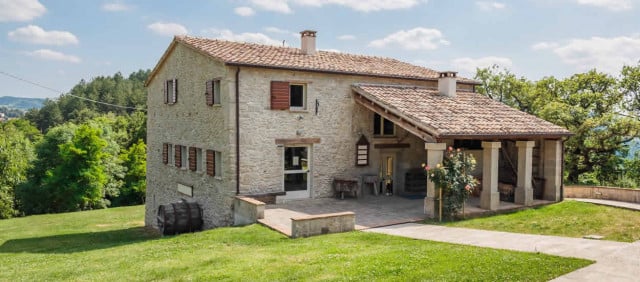 A renovated dream home in the Marche countryside. Photo: D&G Design
A renovated dream home in the Marche countryside. Photo: D&G Design
They gave us their top renovation tips for anyone thinking – or already in the process – of buying a home to renovate anywhere in Italy.
Find a geometra
When carrying out major restoration works, you’ll need to enlist the services of an ingegnere or geometra (civil/structural engineer) who will oversee the project and provide a quote for all works, Gary said.
A good one will provide an accurate estimate for the job at hand, and work with you to arrange tradespeople or builders to carry out the works.
Get planning permission
Look out for the hidden extras. “Anything that requires planning permission will need to have an ingegnere or geometra submit these applications, required by law,” says Gary.
“There are fees for planning permission, so have your ingegnere/geometra provide you with a full cost of these prior to purchasing the house.”
Check your costs
“Check your local government guidelines on costs of each aspect of a renovation/restoration project. Make sure that you are aware of these so that you can cross-check any quotes you receive.”
Don’t forget anti-seismic work
You might come from a country where this just isn’t a consideration, but in Italy it’s vital.
“A good ingegnere/geometra will insist that anti-seismic works are carried out to homes needing renovating – this is a requirement by law.”
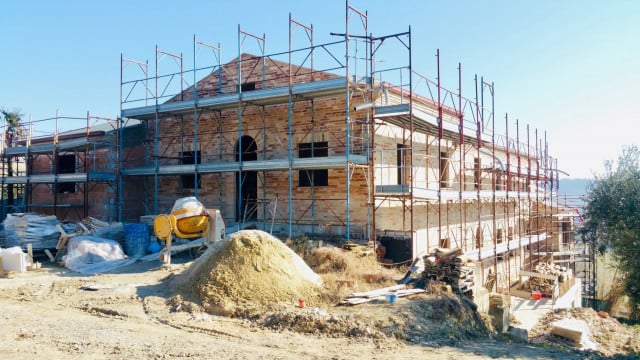 Photo: D&G Design
Photo: D&G Design
Budget realistically
We often hear about restoration projects with runaway budgets, but it doesn’t have to be that way if you’re realistic from the outset.
“A good way to determine the cost of a project is to anticipate spending €1,000 per square metre of the home on full restoration projects where rebuilding, rewiring, plumbing, heating, etc is needed,” says Gary.
For smaller renovation projects, he says €600-€800 per square metre is a good guideline to budget.
“Then add 20 percent to your estimate to cover any hidden surprises, taxes and fees. With any luck, you’ll have money left over!”
Make use of funding schemes
There are some good schemes in place for residents who restore historical homes, usually receiving some of the costs of the project back via deductions on your taxes.
If your plan is to become an Italian resident then investigate whether these schemes exist in your area before work commences.
Consider a project manager
“If you’re not going to be present during the renovation works, enlist an English-speaking project manager who can be on site and work together with your ingegnere/geometra to provide you with full details and updates weekly,” Gary advises.
 David and Gary in Italy. Photo: D&G Design
David and Gary in Italy. Photo: D&G Design
Choose tradespeople carefully
“Don’t be afraid to ask to meet with builders and tradespeople beforehand. Ask to see other projects that they have worked on,” says Gary.
You should also beware of quotations that seem to be lower than government guidelines.
“All quotes are estimated and chances are that a lower quote will increase as the work progresses. Ask your ingegnere/geometra for a worst-case scenario quote so that you budget for all eventualities.”
Get to know your neighbours
Making time for the neighbours is invaluable, Gary says. “They will appreciate you making the effort, especially if you can use a few Italian words and phrases, and they will be very knowledgeable on where to find the best items from trusted local suppliers.”
Seek out local artisans
This has to be one of the best parts of restoring a property in Italy.
“There are some amazing hidden talents in Italy, artisans producing work that may be dying arts in your home country.”
“Have fun finding local ceramics makers, flooring specialists, carpenters, etc. After all, Italians have produced some of the world's most famous art and architecture, and many are still creating works of art even in the smallest of towns.“
Go antique hunting
When it comes to decorating and finding furniture for your new Italian home, you can be very creative.
One of Gary’s favourite pastimes is visiting Italy’s famous antiques markets, where he says you can pick up one-of-a-kind pieces for a fraction of the price you would pay elsewhere.
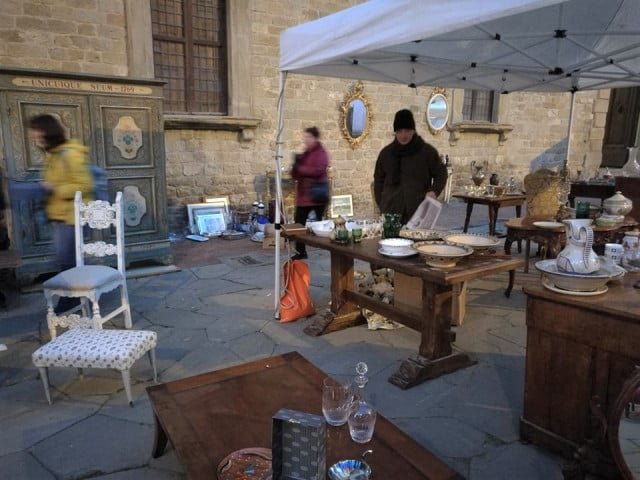 The famous monthly antique market in Arezzo, Tuscany, is a good place to find unique pieces. Photo: Clare Speak/The Local
The famous monthly antique market in Arezzo, Tuscany, is a good place to find unique pieces. Photo: Clare Speak/The Local
Have you renovated your own property in Italy? Do you have any of your own tips or stories to share? Get in touch at [email protected]
READ ALSO: The best renovation properties you can buy in Italy for less than €50K

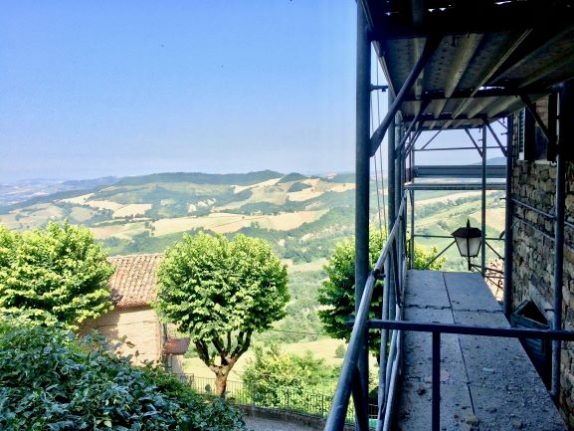

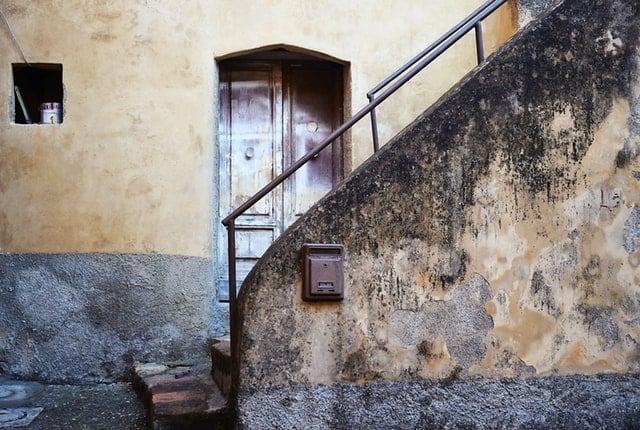
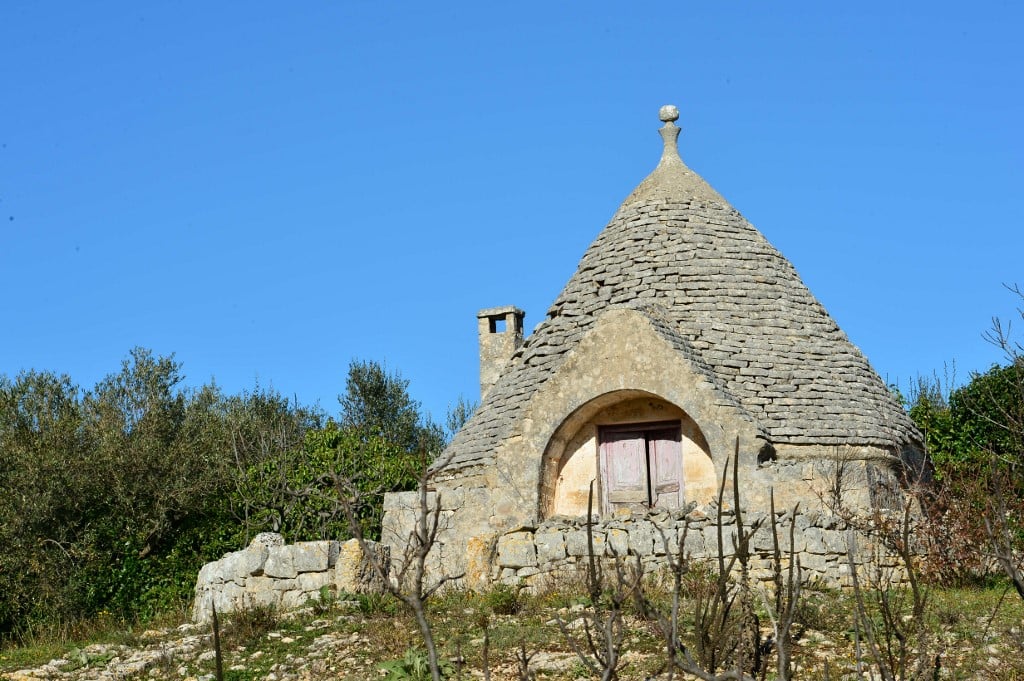
 Please whitelist us to continue reading.
Please whitelist us to continue reading.
Member comments